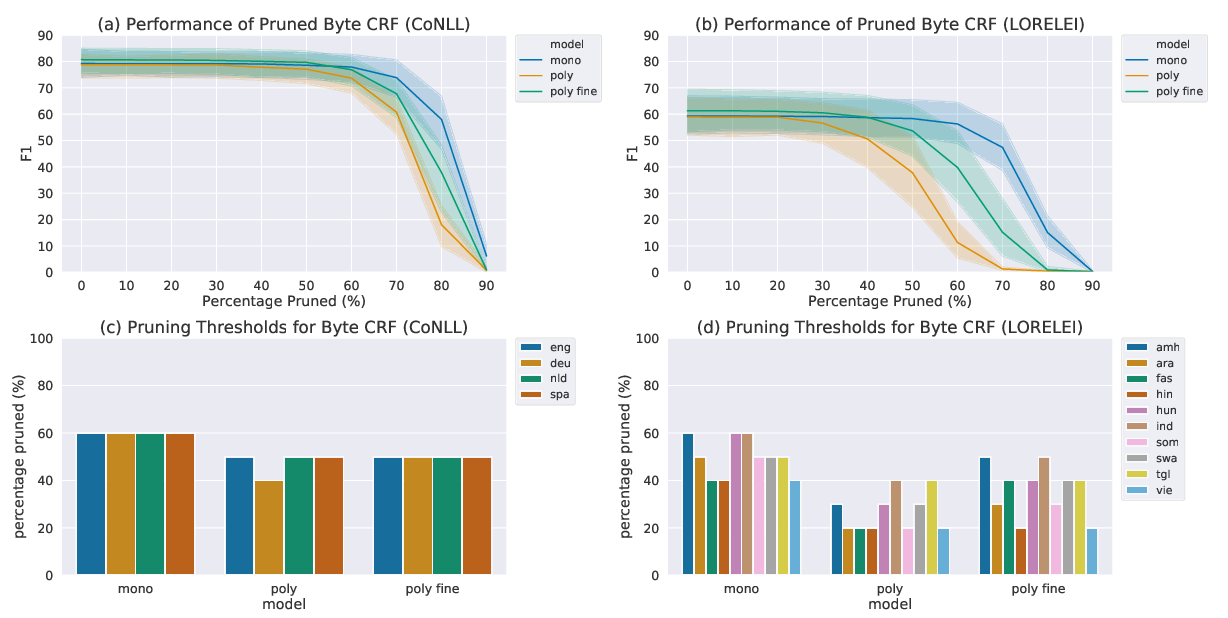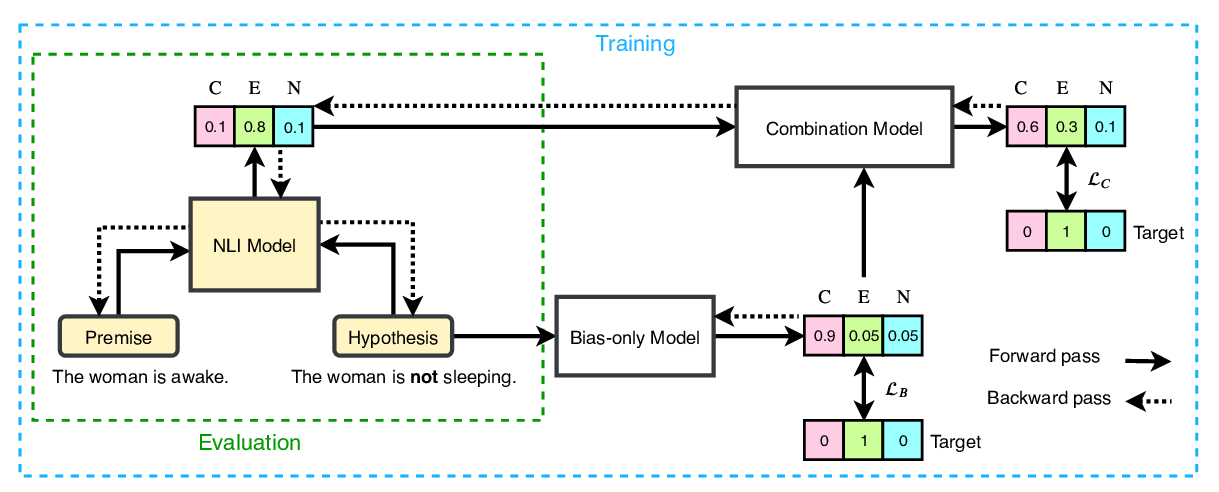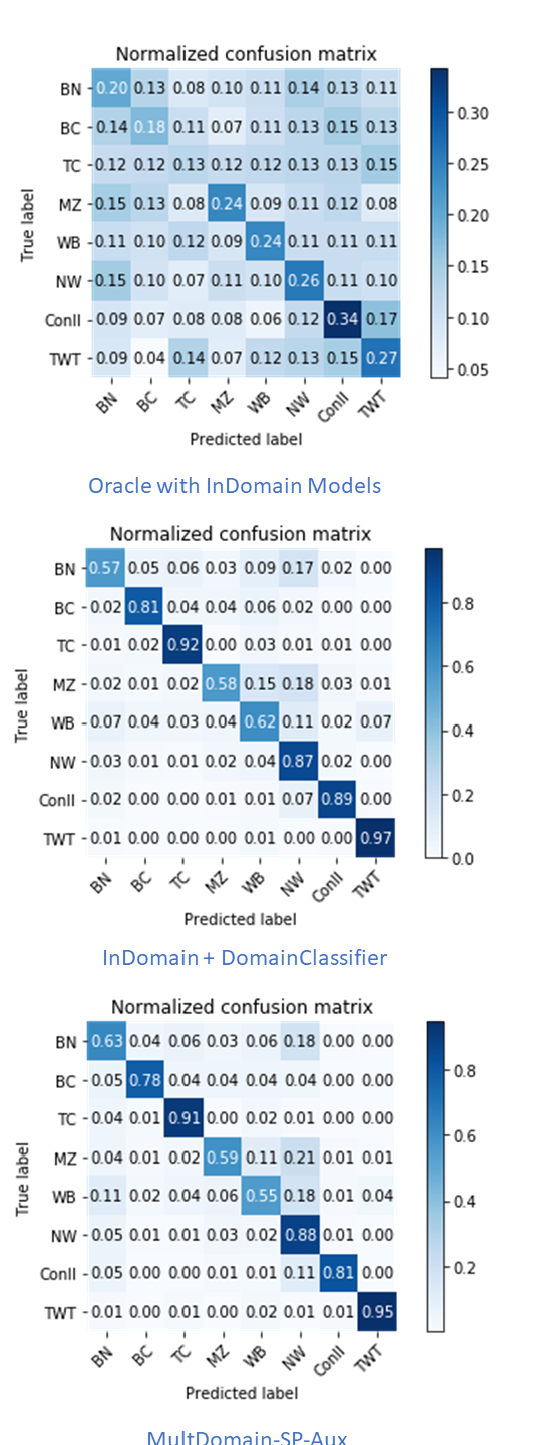Balancing Training for Multilingual Neural Machine Translation
Xinyi Wang, Yulia Tsvetkov, Graham Neubig
Machine Translation Long Paper
Session 14B: Jul 8
(18:00-19:00 GMT)

Session 15B: Jul 8
(21:00-22:00 GMT)

Abstract:
When training multilingual machine translation (MT) models that can translate to/from multiple languages, we are faced with imbalanced training sets: some languages have much more training data than others. Standard practice is to up-sample less resourced languages to increase representation, and the degree of up-sampling has a large effect on the overall performance. In this paper, we propose a method that instead automatically learns how to weight training data through a data scorer that is optimized to maximize performance on all test languages. Experiments on two sets of languages under both one-to-many and many-to-one MT settings show our method not only consistently outperforms heuristic baselines in terms of average performance, but also offers flexible control over the performance of which languages are optimized.
You can open the
pre-recorded video
in a separate window.
NOTE: The SlidesLive video may display a random order of the authors.
The correct author list is shown at the top of this webpage.
Similar Papers
Sources of Transfer in Multilingual Named Entity Recognition
David Mueller, Nicholas Andrews, Mark Dredze,

End-to-End Bias Mitigation by Modelling Biases in Corpora
Rabeeh Karimi Mahabadi, Yonatan Belinkov, James Henderson,

Multi-Domain Named Entity Recognition with Genre-Aware and Agnostic Inference
Jing Wang, Mayank Kulkarni, Daniel Preotiuc-Pietro,

Few-Shot NLG with Pre-Trained Language Model
Zhiyu Chen, Harini Eavani, Wenhu Chen, Yinyin Liu, William Yang Wang,
